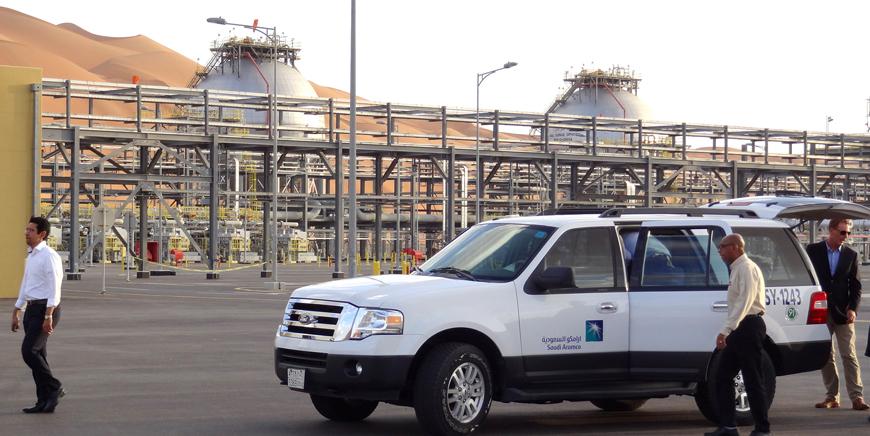You are here
Kingdom’s financial outlook remains stable as B1 rating maintained for another year
By Mohammad Ghazal - Nov 10,2018 - Last updated at Nov 10,2018
AMMAN — Moody's Investors Service affirmed Jordan's long-term issuer and senior unsecured ratings at B1 and maintained the stable outlook for the country, according to its recent report.
It expected government debt to decline to 93 per cent of gross domestic product in 2020.
The agency said its decision to affirm Jordan's B1 ratings reflects credit challenges posed by an increasingly adverse global financing and trade environment, in the context of very large current account deficits and declining foreign exchange reserves, and rising domestic social pressures, the report, a copy of which was obtained by The Jordan Times, indicated.
Jordan's creditworthiness is supported by the government's proven commitment to fiscal reforms, significant and continued financial support from a range of bilateral donors and lenders and by reforms to its energy sector and changes in energy sources which have already muted the impact of higher oil prices on the budget and will, over time, reduce the country's external position vulnerability to oil price increases, the report indicated.
Despite some setbacks during 2018 in implementing fiscal measures planned under the current International Monetary Fund's Extended Fund Facility arrangement, the Jordanian authorities remain committed to gradual fiscal consolidation.
The report added that the new income tax law is planned to be included in the 2019 budget, expecting that the law will be implemented broadly as currently proposed or that the government will put in place other compensatory fiscal measures in order to maintain a small primary fiscal surplus during 2019.
International commitment to support the Kingdom's economic, financial and social stability, including through budgetary grants, loan guarantees, concessional financing and both technical and military assistance, is also an underpinning factor in the Kingdom's financial profile, the agency added.
“The rating shows the attractiveness of Jordan to attract investments and the economy’s ability to borrow. Based on such reports, Jordan gets loans, grants and aid from donor countries,” Mazen Marji, an economist, told The Jordan Times on Saturday.
“This report gives an important indicator to the World Bank and international banks,” Marji said, adding that the income tax bill is one of the most important factors such credit rating agencies base their reports on, as it shows the country’s ability to enhance revenues.
However, the income bill in its current form will only generate additional JD280 million to the state, which is low and covers only 1 per cent of GDP and does not even cover the annual debt service, which exceeds JD1 billion, Marji said.
On the stable outlook for Jordan, Moody’s said it balances its view that the planned fiscal reforms will set the government’s elevated debt-to-GDP ratio on a gradually declining path in the next several years against the risk that weak growth and high unemployment cause delays or partial reversals in the government’s fiscal consolidation strategy.
The stable outlook also balances better prospects for growth in merchandise exports and tourism receipts, due to the improving security situation in Iraq and Syria, against the balance-of-payments and external liquidity pressures posed by higher oil prices and rising global interest rates, it indicated.
Moody’s projects government debt to decline to 93 per cent of GDP in 2020 from 94.3 per cent in 2017 and then further to 91 per cent by 2022.
Should GDP growth be durably slower than Moody’s currently expects, with limited scope for the government to implement significant new revenue-raising measures or expenditure cuts, government debt would likely remain at least around the current levels for longer, heightening Jordan’s sensitivity to a marked increase in interest rates.
Jordan’s country ceilings are unchanged. The foreign currency bond ceiling remains at Ba1/NP, the foreign currency deposit ceiling at B2, and the long-term local currency bond and deposit ceilings at Ba1, it indicated.
Highlighting challenges Jordan is facing, it indicated that higher energy prices compared to 2017 and the ongoing tightening of global financial conditions compound pressures associated with Jordan’s long-standing credit challenges such as persistently very large current account deficits and a high government debt burden. These challenges will continue to constrain Jordan’s creditworthiness in the next several years, the credit rating agency indicated.
With a nearly 35 per cent increase in global oil prices relative to 2017, Moody’s expects that Jordan’s fuel imports will rise by around 2.5 per cent of GDP from this year, exerting negative pressure on an already large current account deficit, expected to average around 11 per cent of GDP in 2018 and 2019.
Rising global borrowing costs will increase the cost of external and domestic debt for Jordan. Although the government’s debt affordability, measured by the ratio of interest payments to government revenue, is currently better than for most similarly-rated countries with comparable debt loads, Jordan’s elevated debt burden and relatively short average maturity of debt, at around five years, heighten the country’s fiscal strength sensitivity to a higher cost of debt and contribute to pressure on government liquidity, according to the agency.
Related Articles
AMMAN — Sovereign credit rating agency Moody’s has upgraded Jordan’s credit outlook from “stable” to “positive”, shifting its overall rating
AMMAN — Moody’s Investors Service on Thursday affirmed Jordan’s B1 credit rating.
AMMAN — Saudi Arabia suffered another cut to its credit rating on Saturday as Moody’s Investors Service downgraded the kingdom, along with B



















